How Apps Like Grindr and Sniffies Are Fueling the Meth Crisis Among Gay Men
Chemsex and Party and Play culture have ravaged the gay community for decades. Considering the history of this problem, are hook-up apps doing enough to combat the epidemic on their platforms?
This story is written in partnership with Queer Kentucky, a diverse LGBTQ-run nonprofit based in Louisville, Kentucky working to bolster and enhance queer culture and health.
At 21 years old, Robert McAllister remembers unlocking his phone in Louisville, Kentucky to a grid of bodies on Grindr, the gay hook-up app.
To the average American, many terms and symbols in user bios read like a foreign language: PnP, Tina and parTy, or the crystal ball, ice cream and diamond emoji. At the time, McAllister also had no clue what these terms meant.
After chatting with multiple men, he met up with one of them later that night. Before they started having sex, the guy pulled out a plastic bag of white powder from his backpack and asked McAllister if he wanted to partake.
“He snorted it like cocaine. And for whatever reason, I was like, ‘Oh, well, cocaine isn't that bad,’ so I tried some,” McAllister, now 27, told Uncloseted Media and Queer Kentucky.
The powder he snorted was actually crystal meth, a highly addictive drug that can ravage the body and mind and lead to psychosis, organ failure and irreversible brain damage.
“I remember thinking, ‘Wow, I want to do that all the time,’” says McAllister.
He says the addiction got so bad that the only people he would interact with for months would be the hookups he used with. “I would seek out people that had it in their profile,” says McAllister, who was addicted to meth for four years. “I would invite them to my apartment to use with me just because I didn't have anybody else around. At that point I had lost my job, my family really didn't want anything to do with me, and so the app was my excuse for social interaction.”
McAllister’s experience is common. Party and Play (PnP) culture, also known as chemsex, is exactly what it sounds like: the use of drugs like GHB, ketamine and meth to enhance sexual desire, arousal and pleasure. The practice is most prevalent amongst gay and bi men, who use meth or similar drugs at three times the rate of heterosexual men, according to a 2014 study from the United Kingdom.
For 25% of the guys who engage in PnP culture like McAllister, it becomes a severe problem.
While drug overdose deaths in the United States declined slightly in 2023 for the first time since 2018, deaths from psychostimulants like meth rose, killing 36,251 Americans in 2023. That’s just over 3,000 lives a month, or 100 lives a day. And the epidemic is even worse in rural states like Kentucky.
As meth addiction continues to devastate the gay community, hook-up apps like Grindr and Sniffies —which make hundreds of millions of dollars a year—are where PnP culture thrives. One 2023 survey found that 91% of dating app users had a negative experience with drugs, and 1 in 4 dating app users deleted an app because of drug-related concerns.
“[Dating apps] are making lots of money from this community and the biggest problem that [we are] facing is not HIV, it is drug addiction,” says Ignacio Labayen de Inza, CEO and co-founder of Controlling Chemsex, a charity that provides interventions for chemsex users. “People are overdosing, people are suicidal, people are suffering from sexual assaults, they are psychotic, they are losing jobs, they are ending up homeless. And Grindr is the biggest vehicle that people use to get these drugs.”
So what are the apps doing to combat an epidemic that has been exacerbated by the easy access to meth on their platforms?
The Risk of Hook-Up Apps
Smartphone hook-up apps, which hit the mainstream in the 2010s, have long been associated with a greater risk for sexually transmitted infections (STIs) among queer men. But emerging research suggests they also facilitate drug use among queer men, 15% of whom have used meth within the last year and 23% of whom have used it at least once in their lifetime.
A 2017 study found that gay hook-up apps, including Grindr, “significantly increased motivational substance use,” and approximately 1 in 10 dating app users engaged in substance use after being persuaded on the apps.
The apps know this is a problem. Sniffies is an app which features an interactive map known for its anonymity and showcases pictures of user’s genitals and butts nearby. In an email to Uncloseted Media and Queer Kentucky, they wrote that their users are significantly more likely to engage in chemsex and meth use compared to users on other platforms. They say a notable percentage of their users have reported deleting their accounts due to drug-related concerns. Recognizing this, Sniffies introduced Profile Fields, “allowing users to explicitly state their boundaries and the safety tools they carry, ensuring that everyone can make informed decisions about their encounters.”
Still, one of the major problems is that these apps enable easy access to the drugs, according to Kentucky-based Grindr users Uncloseted Media and Queer Kentucky spoke with.
“You can see it everywhere on dating apps,” says Chris Hackenberg, who first used meth at 19 years old during a Grindr hookup. He says the drug “opened a door” to a “level 1,000 happiness.”
Hackenberg, now 23, remembers staying up for seven days driving around Florida looking to PnP. From Jacksonville to Orlando to Miami, he would drive for hours searching for a new place to geolocate himself on Grindr to find a new selection of men who were ready to use meth with him.
“I think Grindr and Sniffies turn a blind eye to all these drugs. Grindr is so well-known for finding drugs. It’s just so easy,” he says.
What Are the Apps Doing?
The epidemic of crystal meth addiction and PnP culture among gay men has been an issue since the late 1990s, long before smartphones. But the most dramatic increase in meth-related deaths and usage occurred from around 2015 to 2019, when overdose deaths soared by 180%. At the same time, Grindr exploded in popularity: In 2015, it was reported to have 10.5 million global users and make $38.1 million in revenue.
Grindr and Sniffies declined multiple requests for an interview for this story. Instead, Grindr directed Uncloseted Media to their work with a UK nonprofit, The Love Tank, that provides “safer chillouts” guides on their website for information on sexualized drug use. In the guide, they provide information on harm reduction, such as how to check in with yourself before you use, how to determine proper dosage and how to handle overdoses.
In an email, The Love Tank told Uncloseted Media and Queer Kentucky that Grindr promotes their guides through inbox and pop-up broadcast messages on the app, but only in the UK region.
In the U.S., Grindr works with the nonprofit Building Online Healthy Communities and has a similar pop-up for all users.
Labayen de Inza, of Controlling Chemsex, says that this is not enough. “Clearly pop-ups and guides aren’t working because the problem [of chemsex addiction] is still an issue,” he says.
“If I’m horny, I’m not going to check my pop-ups. And sometimes people are not ‘planning to chill.’ Sometimes people are having horrible psychosis and paranoia and [are] looking for help. People tell me, ‘I want to stop. I have to stop, or I'm going to die.’ The guides aren’t going to help with that.”
In the past, Grindr has gotten bad press for allowing drug dealers to use the app. In 2022, detectives that conducted a Florida investigation titled “Swipe Left for Meth” charged 68 suspects for selling drugs on Grindr and other hook-up apps, causing nearly 280 grams of meth to be seized—the equivalent of roughly 1,400 doses.
Since then, Grindr’s community guidelines say they have cracked down on banning profiles “centered around or mainly consisting of drug content” and that they prohibit images that are focused on advertising or promoting drug use as well as “emojis commonly associated with buying/ selling.” However, users say that simply putting a capital T, which is not banned, somewhere in their bios is enough to signal that they’re ready to PnP.
And these bans may not work: Uncloseted Media found five references to PnP after using the app for only 15 minutes in Louisville, Kentucky.
Sniffies, meanwhile, has a resource page with instructions on how to use chemical drugs safely as well as links to harm reduction resources like syringe access and overdose prevention. Labayen De Inza questions, though, whether users will ever seek out a resource page while using the apps.
In addition, Sniffies—which has seen “explosive regional growth” in 2024—does not allow users to filter for other people’s drug preferences. In a data report that Sniffies pulled for Queer Kentucky, 18% of users selected “No PNP” under their drug preferences.
Users we spoke with say they wish the apps had a feature where you could filter out folks who are looking to engage in PnP. One 2023 survey by Sniffies’ public health partner found that 4 out of 5 participants wanted to be able to filter by drug use practices.
Legal Immunity
While it is likely that illegal drug use is occurring on these apps, they have Section 230 immunity, meaning that Grindr and Sniffies aren’t liable for any illegal activity that occurs on their apps and aren’t liable for the addictions stemming from the platforms.
“No one wants to do anything,” Labayen de Inza says. “It’s really difficult to digest the fact that organizations know what is happening to the community. We cannot do very much because we are working on pride parades or HIV prevention. Those are important things. … But lots of people won't be able to go to the parade because they will be psychotic or they will be suicidal [because of meth addiction].”
Labayen de Inza, who is in recovery for chemsex addiction, has spent six years on Grindr connecting with folks who have questions about drug use. He says he spoke with over 13,000 users in his first year.
He also surveyed Grindr users in 2019 and found that 10% of the 2,000 respondents were using meth. Of those who said they had used, 90% had a premium subscription to the app, a percentage far higher than the roughly 7.5% of all users who pay.
Grindr CEO George Arison did not respond to Uncloseted Media’s request for an interview.
Apps Become Triggers
Users in recovery from meth also report risking relapse on Grindr and Sniffies.
Hackenberg started recovery in 2023 after he contracted HIV from injecting meth with a hookup. He says he still can’t use Grindr or Sniffies without relapsing, which is difficult because they are his go-to platforms for meeting guys. “I would try to get on the apps after moving to make friends, but I just couldn’t do it,” he says.
“As soon as I start going on Grindr, I get the same head buzz as I did when I would smoke Tina. Every time I’ve relapsed, it was facilitated by the apps,” he says, adding that he has slipped “a few times” in his two years of recovery.
Mark Just, a 44-year-old finance analyst, started using meth as a way to build community in rural South Carolina, which only had “a bookstore and a park” as queer-friendly spots. “I mean, that was the only avenue to meet people,” he told Uncloseted Media and Queer Kentucky.
Now 20 years sober and in a relationship, he says when he tried using the apps to meet people, he had to be careful. “The question comes once you match and you're chatting,” he says. “PnP or parTy or the puff emoji. I was just trying to meet people, but it would come up over and over again. … 1 in 3 guys would ask.”
“The temptation is powerful,” he says. “It’s like giving up Krispy Kreme donuts and then someone showing up to your house with a dozen of your favorite donuts. Your body goes into craving mode, even though you haven't been exposed to it in so long.”
“In a perfect world, they should make it similar to Tinder, where they don't show you people that you aren't interested in based on your demographic. So filtering people based on [drug use] would be helpful.”
What Do We Do?
Ignacio Labayen de Inza says that the apps have to be a part of the solution because they are the ones providing a space where users can easily access the drug.
He thinks resources for support and harm reduction for chemsex need to be front and center on the apps and constantly visible. “There needs to be a pinned square called ‘Chem Sex Support’ so people know exactly where to go for help and they don’t have to leave the app,” he says. He and his team, who are grant-funded and offer their services for free, are already providing this resource to Grindr users but are constantly getting banned from the app because it violates the app’s user guidelines.
“The reality is that people are desperate and they don’t know where to go,” he says. “Chemsex support is very unavailable.”
“There needs to be a bigger conversation,” says Christian Parker, executive director of the community nonprofit Gay & Sober. “The epidemic of meth in the gay community is a perfect storm. There is loneliness, isolation, and stigma all tied together.”
Sean Young, executive director of the University of California Institute for Prediction Technology, says that the apps don’t bear all the responsibility, but silence is not working.
“I think it's the responsibility of the technology company to have a safe environment, which right now they're not,” he says. “But the apps don't have the knowledge about substance use to know how to do these types of interventions, and it could backfire if they tried to start doing this. The solution to this is that technology companies should come to the table with public health officials and with individuals who are using the apps and start a conversation.”
“I would love to have the opportunity to speak with someone from Grindr,” says Labayen de Inza. “To say, ‘Let's work together. Let's do something effective.’”
McAllister, who became addicted to meth after his first time trying it with a Grindr hookup, says that education, online support and—most importantly—a destigmatization about meth use would have helped him be more careful.
“It’s all still somewhat taboo and behind closed doors, so I had no idea what it was when I first used it,” he says.
“The dating apps are just enabling that by saying ‘Yes, you can put that [PnP] tagline in your profile,’ but they're not doing anything to educate people about what that means. We'll just turn a blind eye to it and let people do it,” he says.
If objective, nonpartisan, rigorous, LGBTQ-focused journalism is important to you, please consider making a tax-deductible donation through our fiscal sponsor, Resource Impact, by clicking this button:



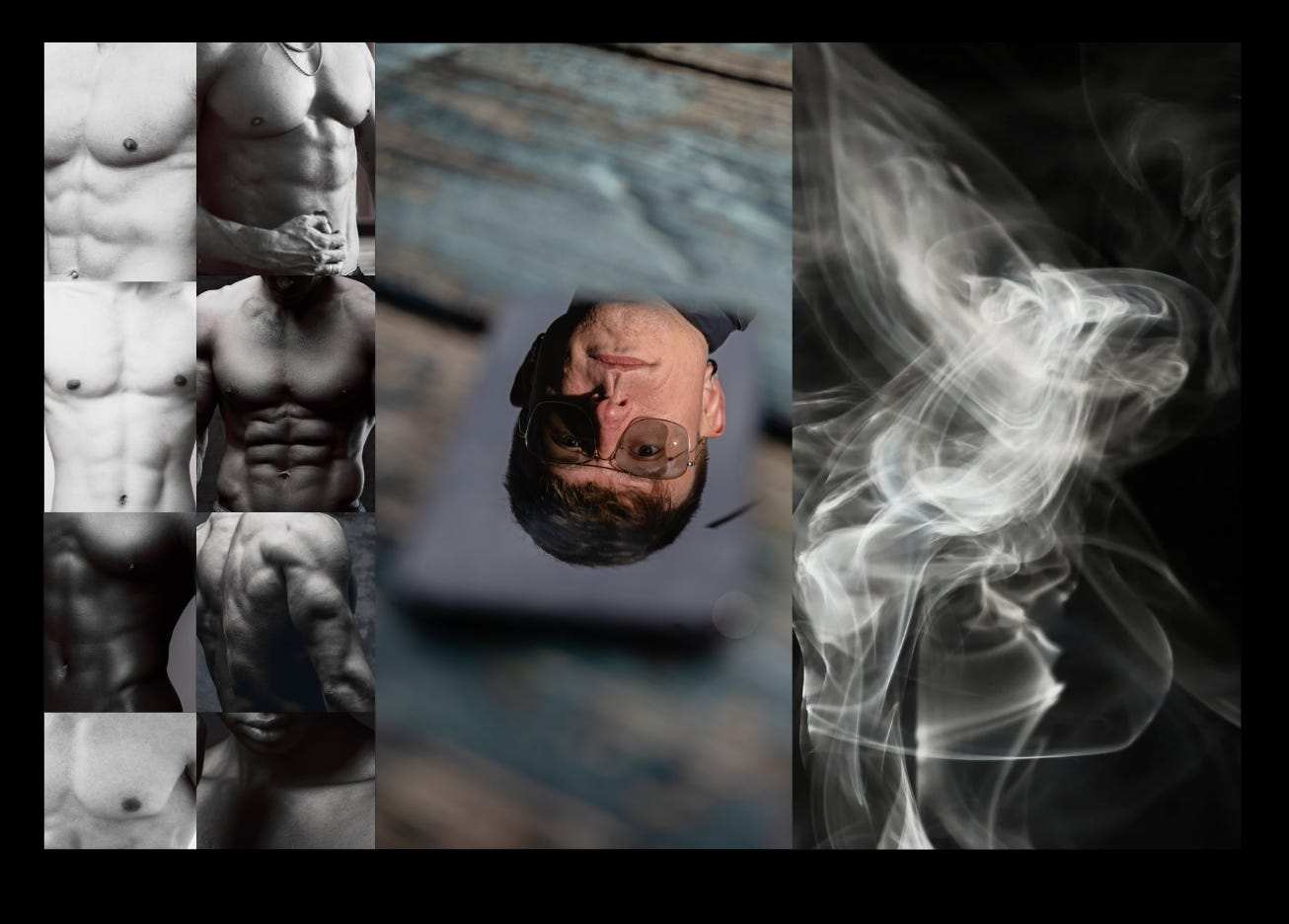


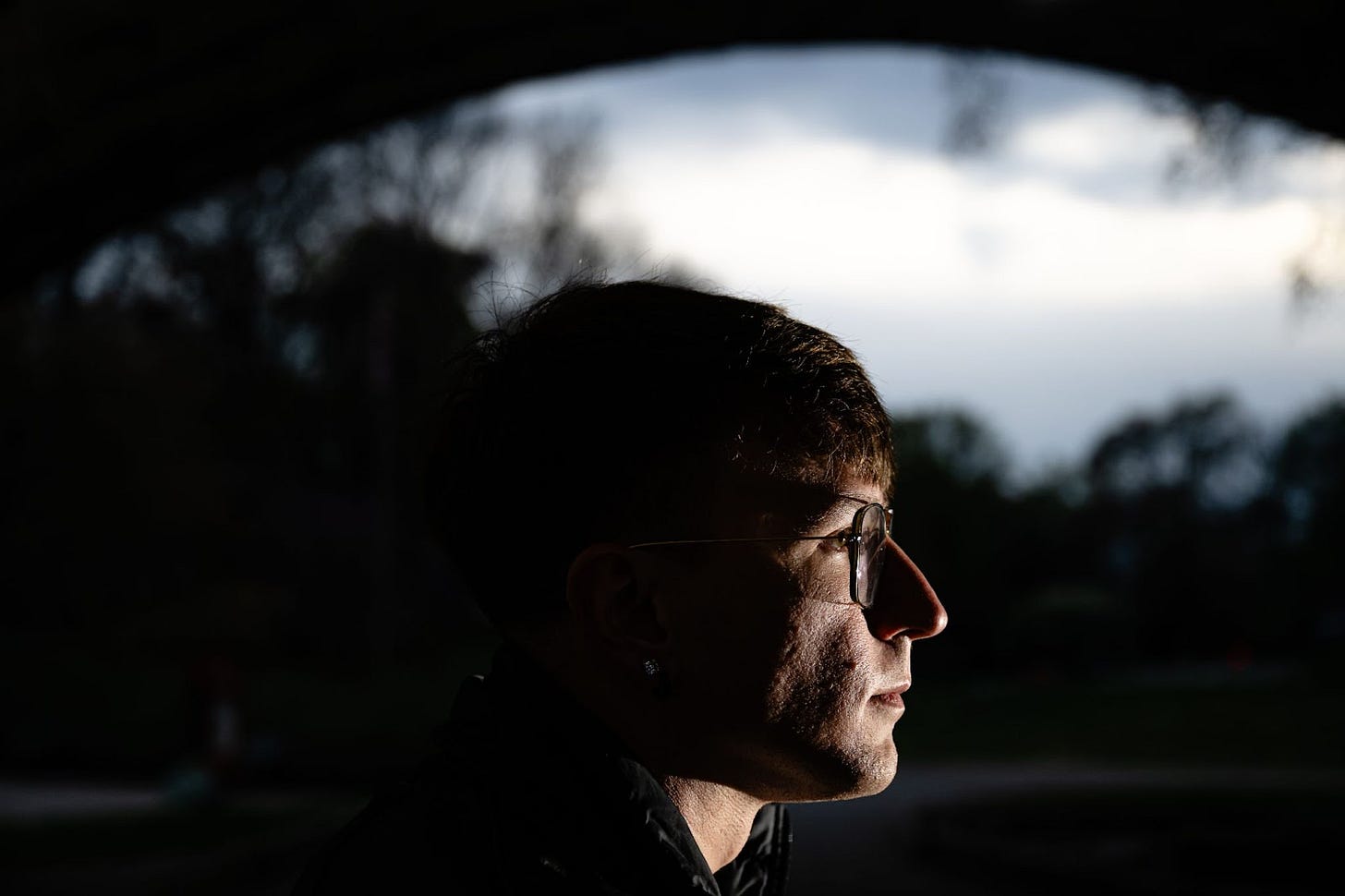

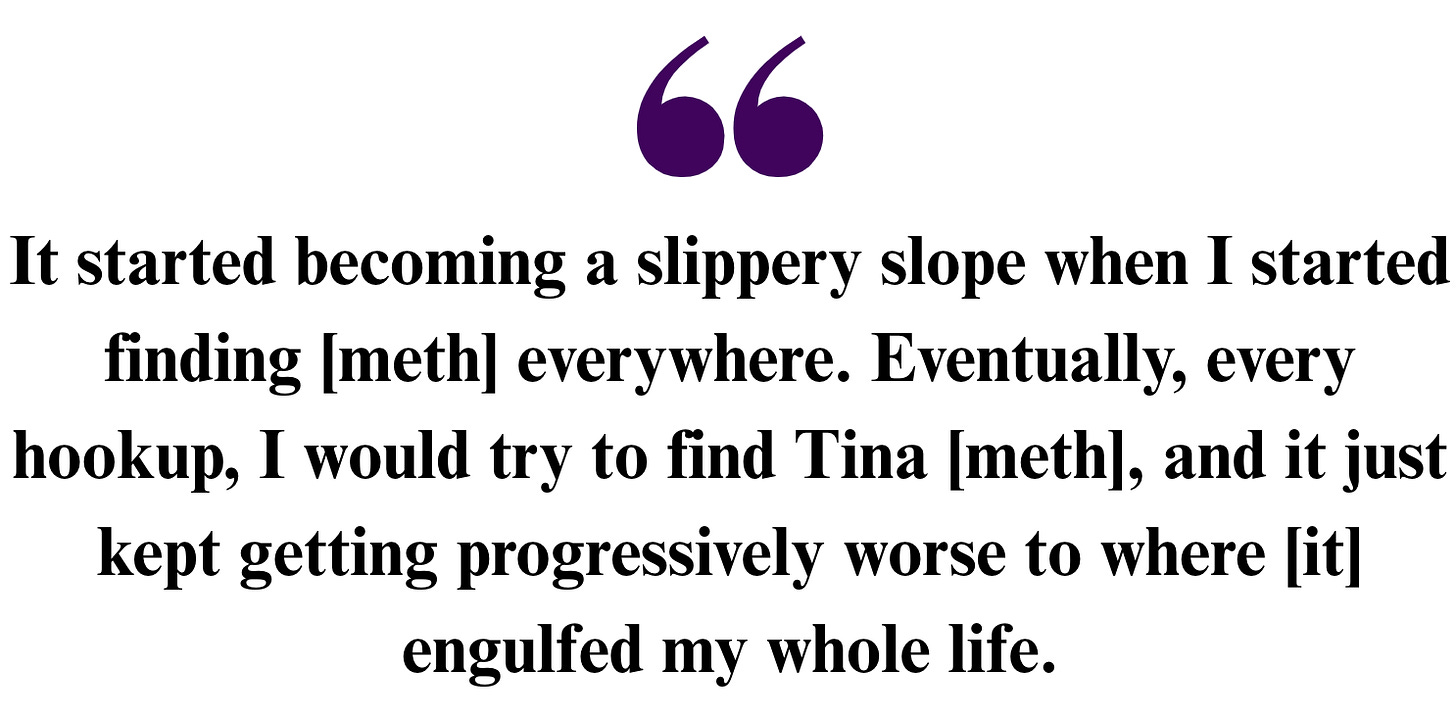






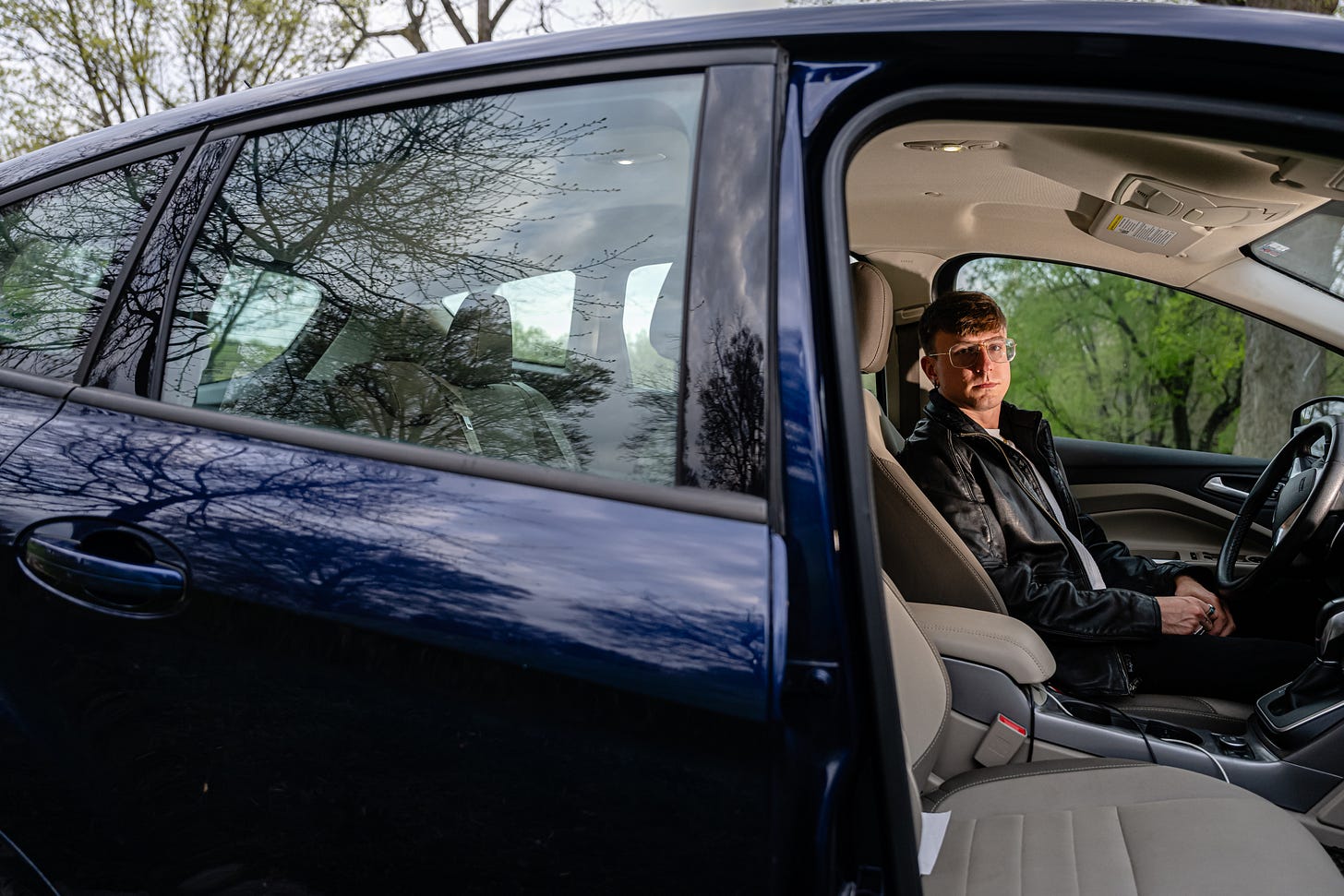
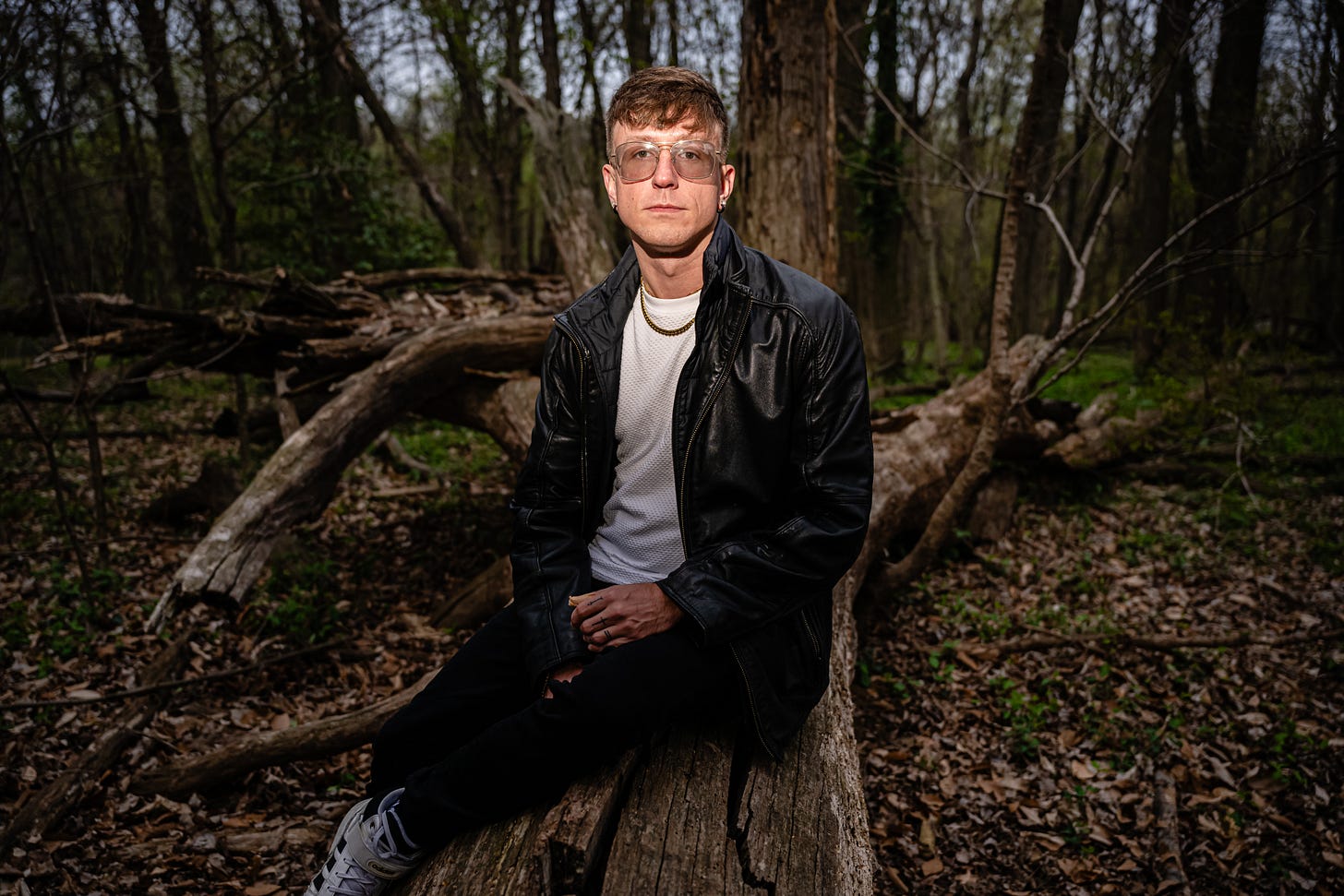


I don’t use the apps for multiple reasons (mostly don’t like anonymous-ish sex) but this definitely puts me off of them more. I’m sober from all substances and so even meeting guys in bars is not ideal.
I have to wonder… if you *need* substances to be aroused or to lose your sexual inhibitions… maybe quick hookups aren’t what you actually want? I mean getting drunk and high definitely got me hornier back in the day but it wasn’t a good quality horny. Honestly nothing turns me on more than at least some kind of emotional connection to a guy - doesn’t have to be “love” exactly but even just the comfort/safety/trust of being at least friends with the guy.
I know hookup culture will always be part of gay male culture but I really hope it’s starting to jump the shark. A lot of guys are in denial about how unhappy they are with it.
Really grateful for this Sam. Everyone learns in their own way and for some personal experiences or those of people close to us are all that will get through, while for others, some of these stats are super-powerful.